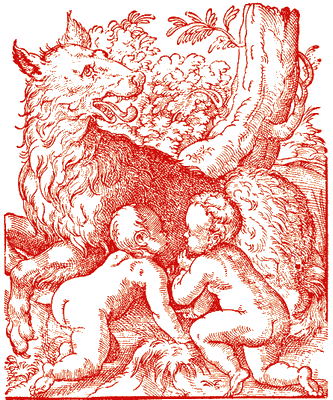|
|
Please note that Mommsen uses the AUC chronology (Ab Urbe Condita), i.e. from the founding of the City of Rome. You can use this reference table to have the B.C. dates
From: The History of Rome, by Theodor Mommsen
Translated with the sanction of the author by William Purdie Dickson

Page 18
Relation of the Tribune to the Consul
The tribunes of the multitude (-tribuni plebis-) arose out of the military tribunes and derived from them their name; but constitutionally they had no further relation to them. On the contrary, in respect of powers the tribunes of the plebs stood on a level with the consuls. The appeal from the consul to the tribune, and the tribune's right of intercession in opposition to the consul, were, as has been already said, precisely of the same nature with the appeal from consul to consul and the intercession of the one consul in opposition to the other; and both cases were simply applications of the general principle of law that, where two equal authorities differ, the veto prevails over the command.
Moreover the original number (which indeed was soon augmented), and the annual duration of the magistracy, which in the case of the tribunes changed its occupants on the 10th of December, were common to the tribunes and the consuls. They shared also the peculiar collegiate arrangement, which placed the full powers of the office in the hands of each individual consul and of each individual tribune, and, when collisions occurred within the college, did not count the votes, but gave the Nay precedence over the Yea; for which reason, when a tribune forbade, the veto of the individual was sufficient notwithstanding the opposition of his colleagues, while on the other hand, when he brought an accusation, he could be thwarted by any one of those colleagues.
Do you see any typos or other mistakes? Please let us know and correct them
|
|
Reference address : https://ellopos.net/elpenor/rome/2-02-tribunate-plebs-decemvirate.asp?pg=18